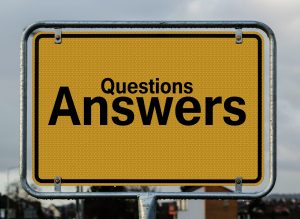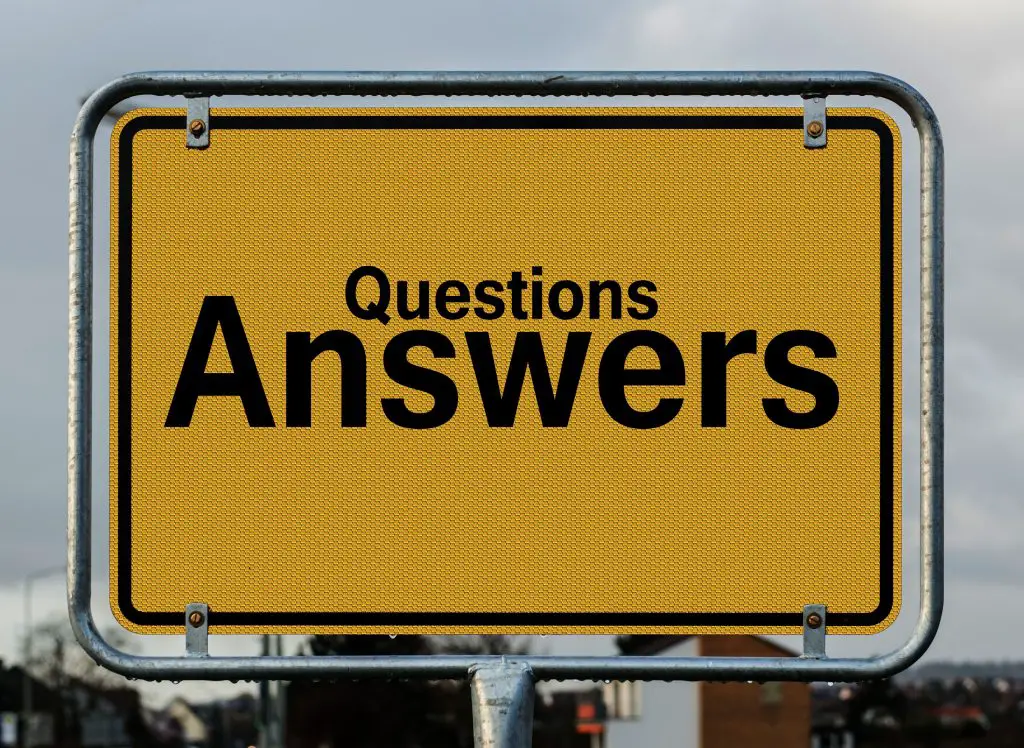The Occam’s razor heuristic was created by William of Ockham who was a philosopher and theologian who preferred simplicity for explanations over unneeded complexity. Occam’s razor is one way to solve problems using the principle that the most obvious answer is the right one and adding complexity in reaching a solution should not be done unless needed.
The core concept of this philosophy is that in the majority of circumstances the simplest solution to a problem is most likely to be the right one. One famous saying sums it up well: “If it looks like a duck and quacks like a duck, it is probably a duck.”
Occam’s razor explains that when you have competing hypotheses that all make the same predictions, you should choose the answer that makes the least assumptions. It isn’t meant to be a way of selecting between hypotheses that make different predictions it is meant as a way to explain a phenomenon.
Here are ways using Occam’s Razor to explain price action:
Why is there a bull market in stocks now? The Federal Reserve is creating liquidity with easy monetary policy.
Why did a stock rally after bad earnings? The bad earnings were already priced in and traders were ready to buy the dip.
Why did a stock sell off after good earnings? The good earnings were already priced in and traders locked in their gains on the news.
How did that stock gap up in price and keep trending? Their was no one willing to sell at the prices in the gap, traders in the stock held as they had no reason to sell, short sellers were forced to cover adding to the buying pressure, and new traders had fear of missing out so they bought the gap.
Why is this stock price so high with no fundamentals? The market is pricing in future earnings and sales expectations.
Why is this stock selling off when it still has great fundamentals? It ran out of buyers at higher prices and as it falls traders trailing stops are being triggered adding to the selling pressure.
Why did you buy that stock? I had my entry signal.
Why did you exit that stock? My stop loss was hit.
Why did you lock in profits here? My trailing stop was triggered.
Buyers and sellers are always equal in each transaction only the price changes. Markets rise when prices are bid up and fall under selling pressure. There is no reason to look for complex answers when price action is driven by participants buying and selling behavior.

